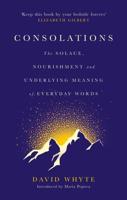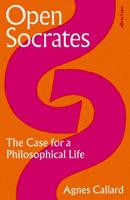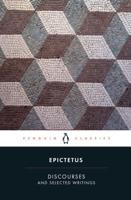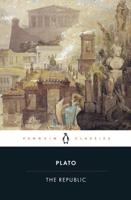Publisher's Synopsis
Excerpt from The Hibbert Journal, Vol. 2: A Quarterly Review of Religion, Theology, and Philosophy; October, 1903-July, 1904
Now, as I have already indicated, there is something of the same contrast between the words of Christ as they are narrated in the Synoptic Gospels and the letters of St Paul. Christ in his mode of expression is essentially imaginative, full of symbol and parable, presenting the things of the spirit under manifold analogies borrowed from nature and from human nature. And although he is brought into collision with the religious authori ties of his time by the spirituality of his conceptions of the kingdom of God and of the work of the Messiah, yet he always presents his own teaching as a legitimate development Of the law and the prophets. He speaks from a consciousness of the unity of the whole divine system of things, which does not allow him to draw hard lines of division between nature and man, or between the different stages of the divine revela tion to and in man. And we may add, as a consequence of this, that he almost never argues, but simply throws a new light upon the subject he is considering which lifts it out of the sphere of controversy. In such sayings as these, Wisdom is justified of her children; The Sabbath is made for man, and not man for the Sabbath God is not the God of the dead but of the living; the question is, as it were, raised above the ordinary region of arguments for and against, by an insight which makes them irrelevant. About the Publisher Forgotten Books publishes hundreds of thousands of rare and classic books. Find more at www.forgottenbooks.com This book is a reproduction of an important historical work. Forgotten Books uses state-of-the-art technology to digitally reconstruct the work, preserving the original format whilst repairing imperfections present in the aged copy. In rare cases, an imperfection in the original, such as a blemish or missing page, may be replicated in our edition. We do, however, repair the vast majority of imperfections successfully; any imperfections that remain are intentionally left to preserve the state of such historical works.









